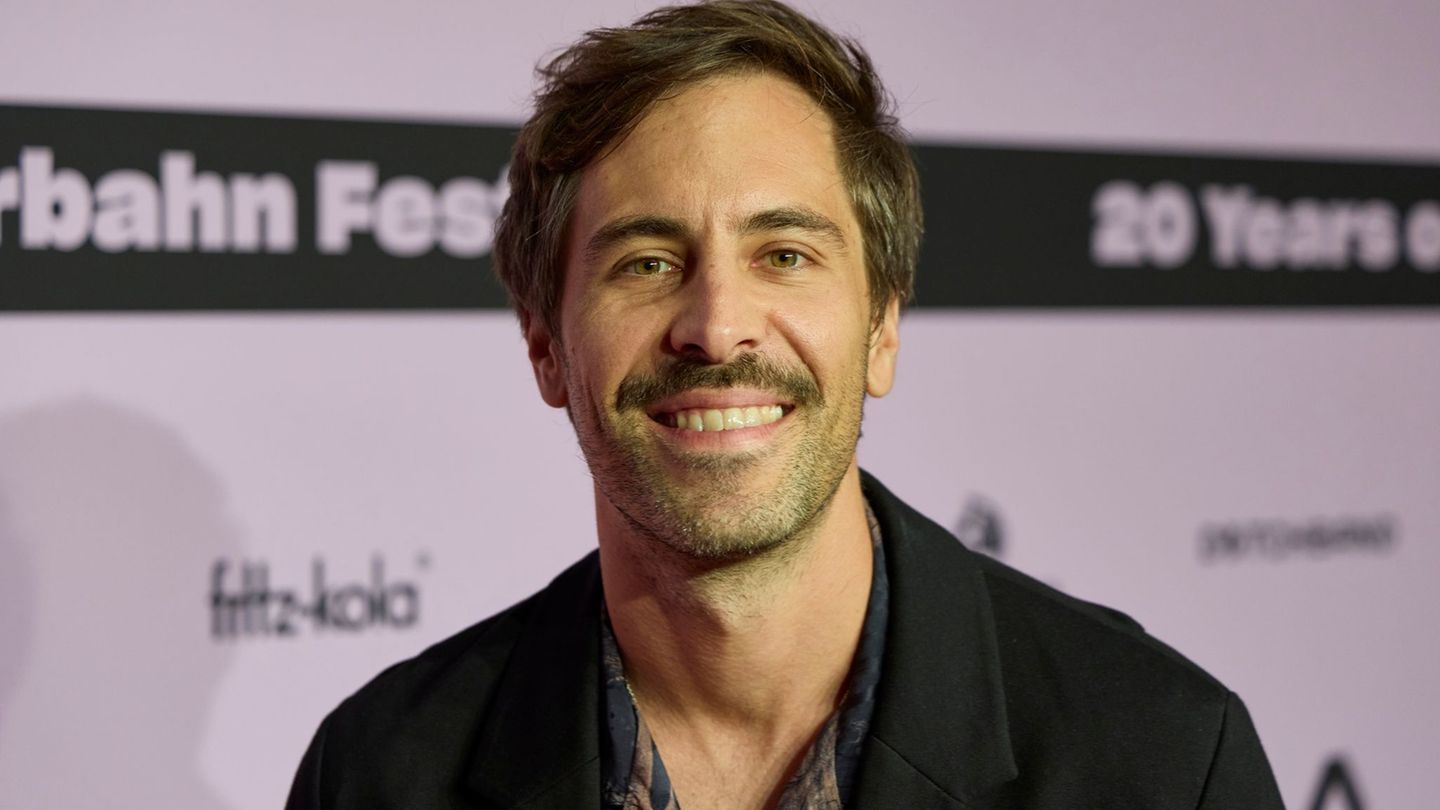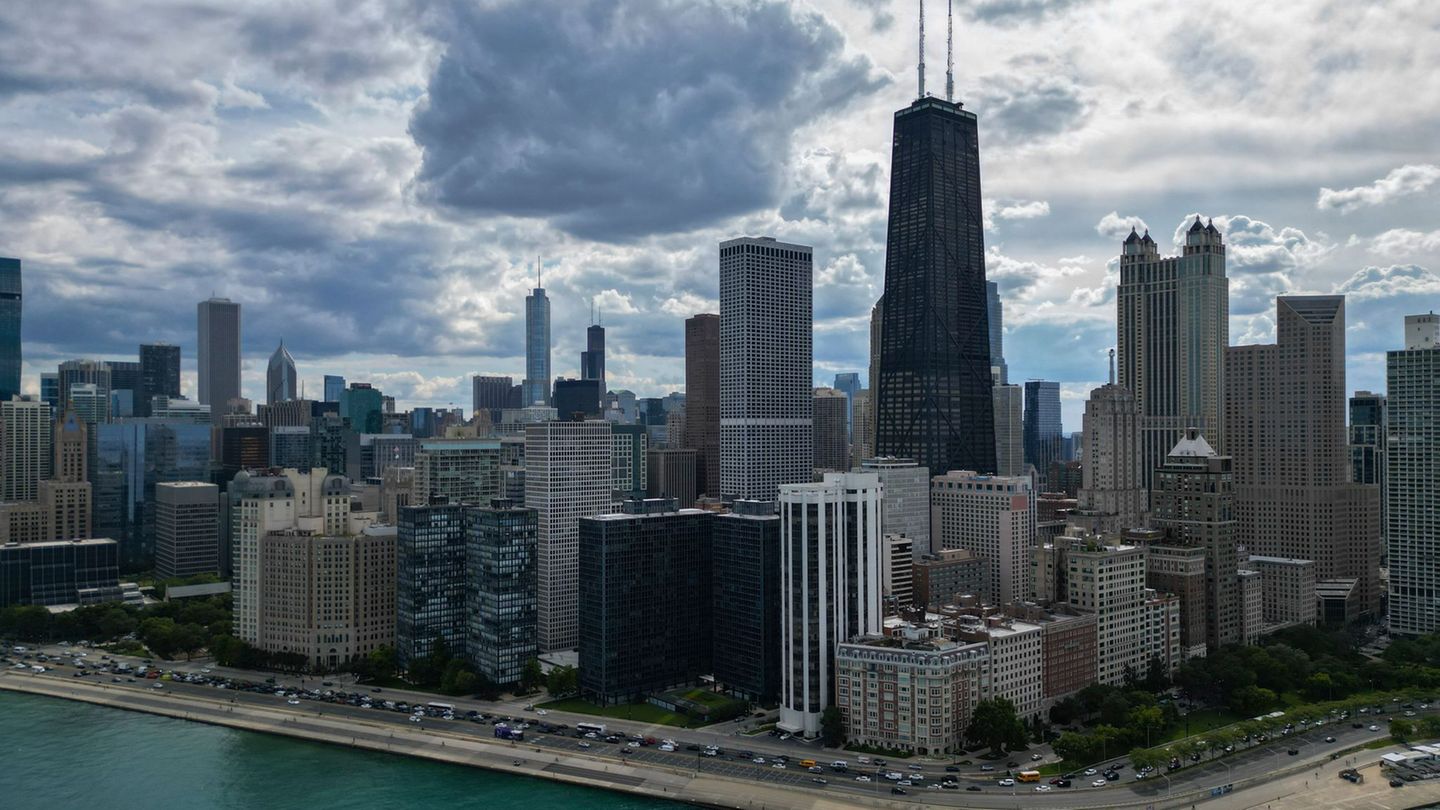The ARD is remodeling. The directors are launching several reforms. In future, certain journalistic content on the climate, consumers and health will be created centrally.
The nine ARD stations bundle their reporting on the topics of climate, consumers and health. In the future, centralized digital and linear offers for all playout platforms are to be created in so-called competence centers, as the public service ARD announced after a meeting of the directors on Thursday in Stuttgart. The increased cooperation between the ARD stations is intended, among other things, to save costs and thus create free space that can be used to expand the digital offering.
The aim of the reform is to achieve better control of reporting and to avoid duplication of work. For example, there are currently several consumer magazines that produce similar content at the third-party television program level. That should now change by setting up a kind of pool. “In the first step, articles for health and consumer magazines will be primarily produced in the respective competence center and made available to the ARD media houses.” The focus is on national reporting.
Concrete implementation is now to follow
By September it should be clear where the competence centers will be located, said ARD chairman Kai Gniffke. The concrete implementation is now being worked out together, and the competence centers are to start their work in the first half of 2024. More could follow, said Gniffke. He named artificial intelligence (AI), travel/tourism and nutrition/culinary as possible subject areas. “The next topics are already clearly addressed.”
A central radio play editing department of ARD will also be created, which is scheduled to start work in the first half of 2024. The directors also decided to work more closely together on the cultural and information waves. Radio contributions, reports and broadcasts should be available to everyone.
“Now is the time for reform and there is no going back,” said Gniffke. “We’re changing because media use has changed dramatically.” The new structure is also significantly more economical and efficient.
The public broadcasters are mainly financed from the broadcasting fee paid by households and companies. ARD, ZDF and Deutschlandradio are financed with more than eight billion euros annually.
communication
Source: Stern
I am an author and journalist who has worked in the entertainment industry for over a decade. I currently work as a news editor at a major news website, and my focus is on covering the latest trends in entertainment. I also write occasional pieces for other outlets, and have authored two books about the entertainment industry.




